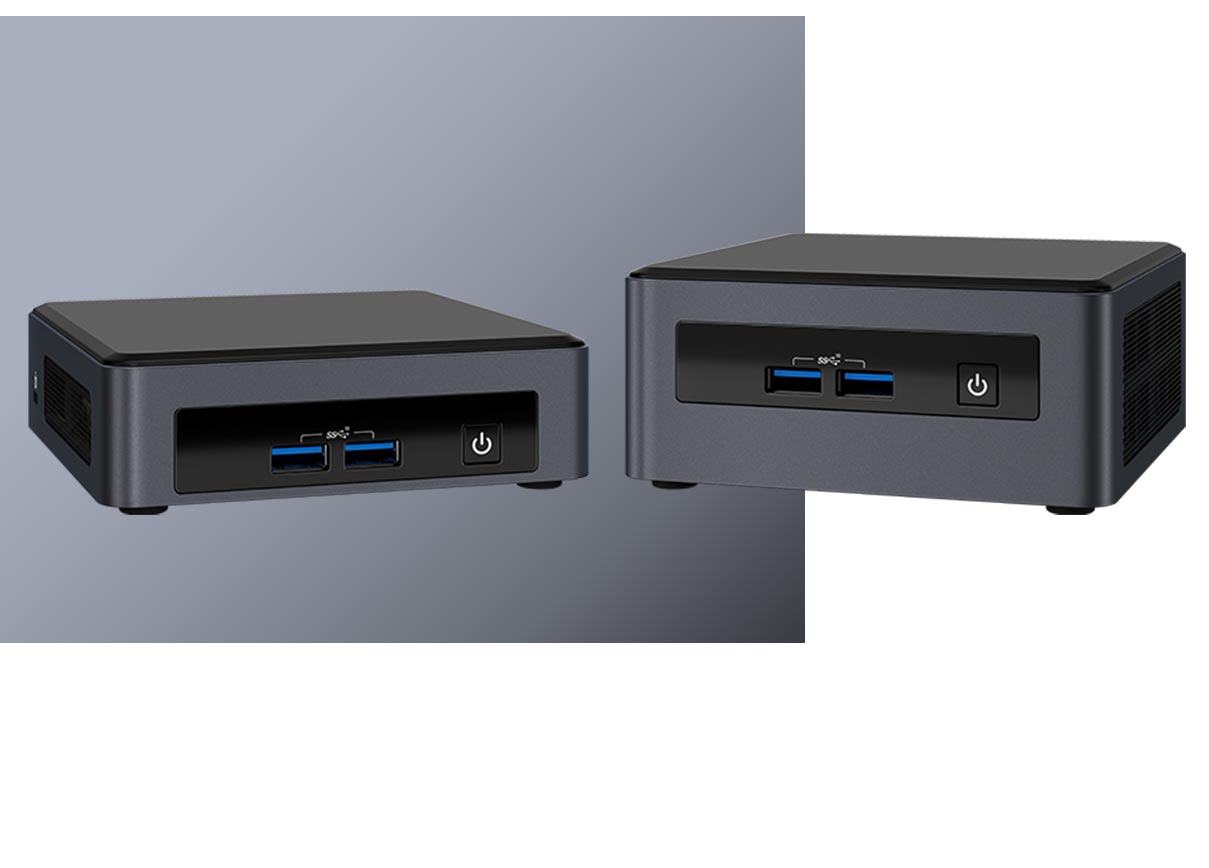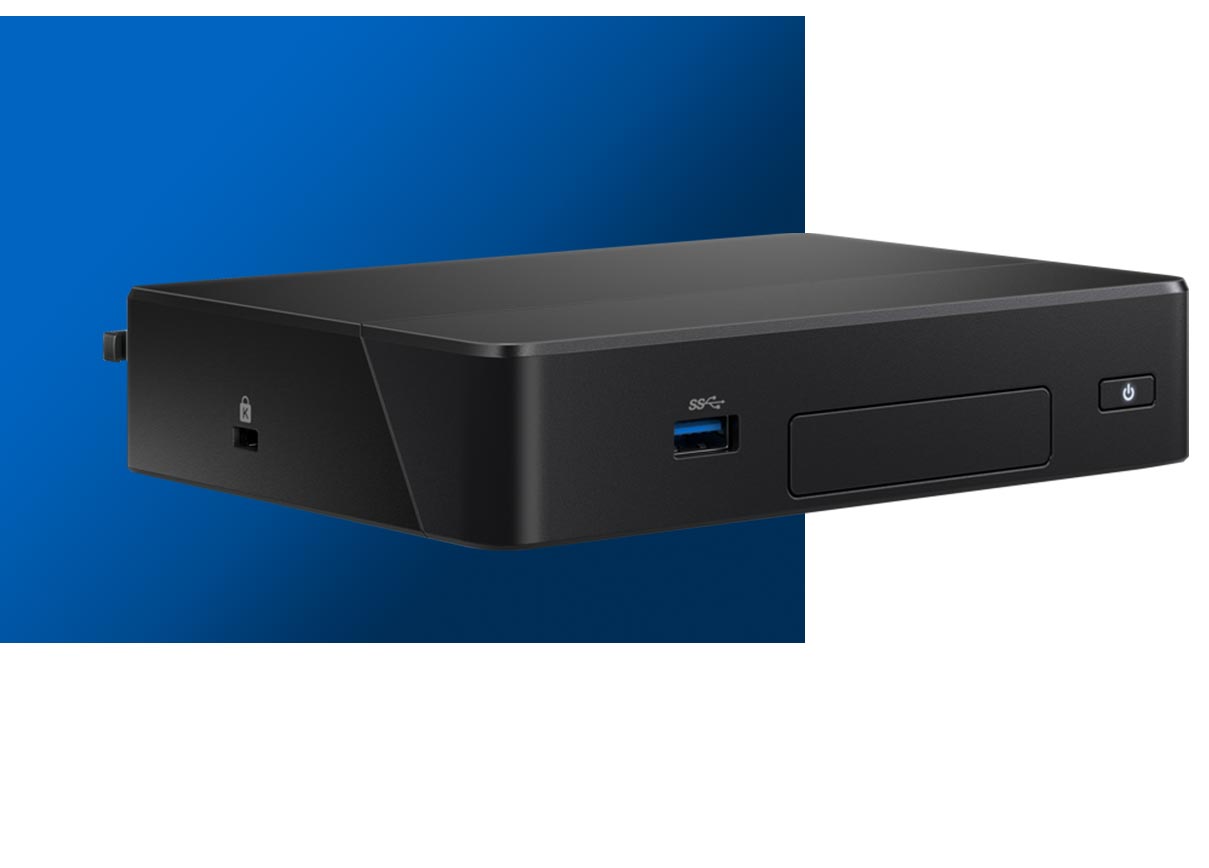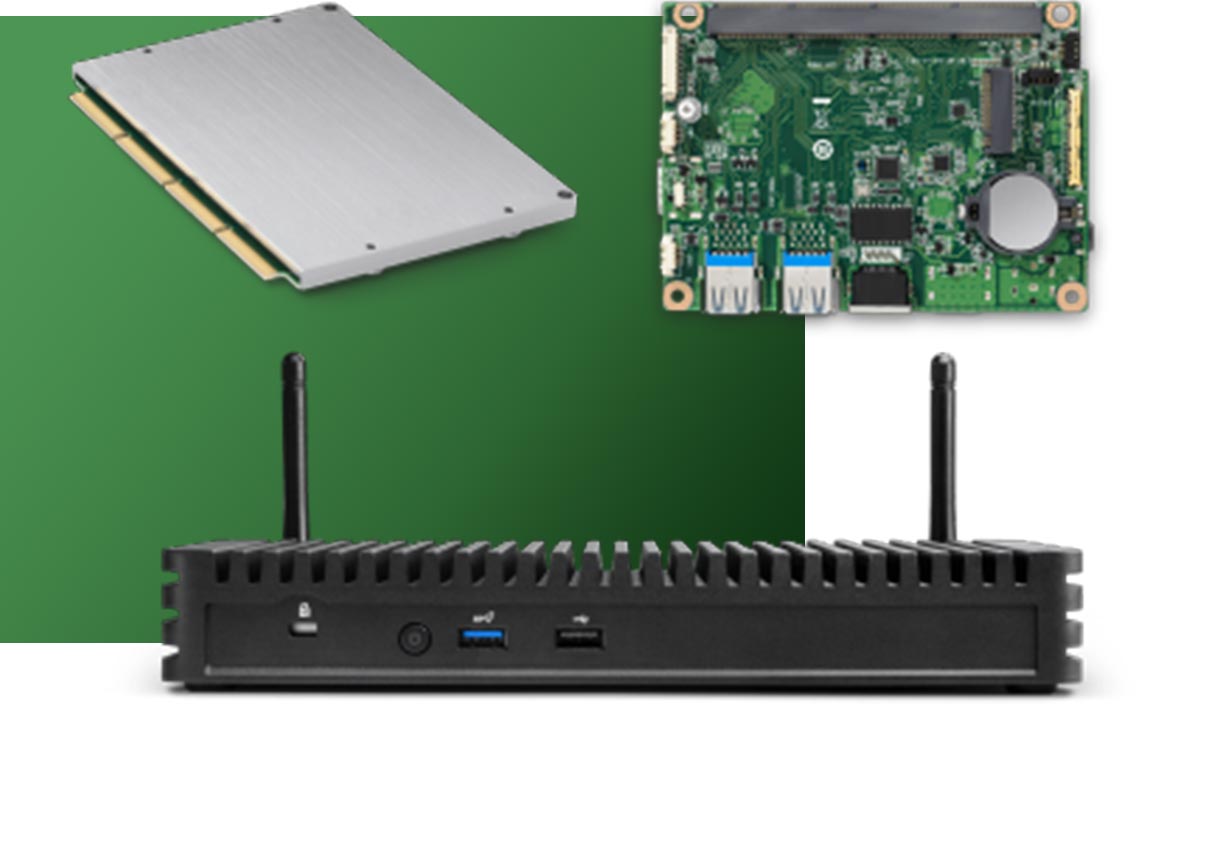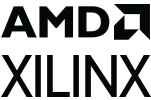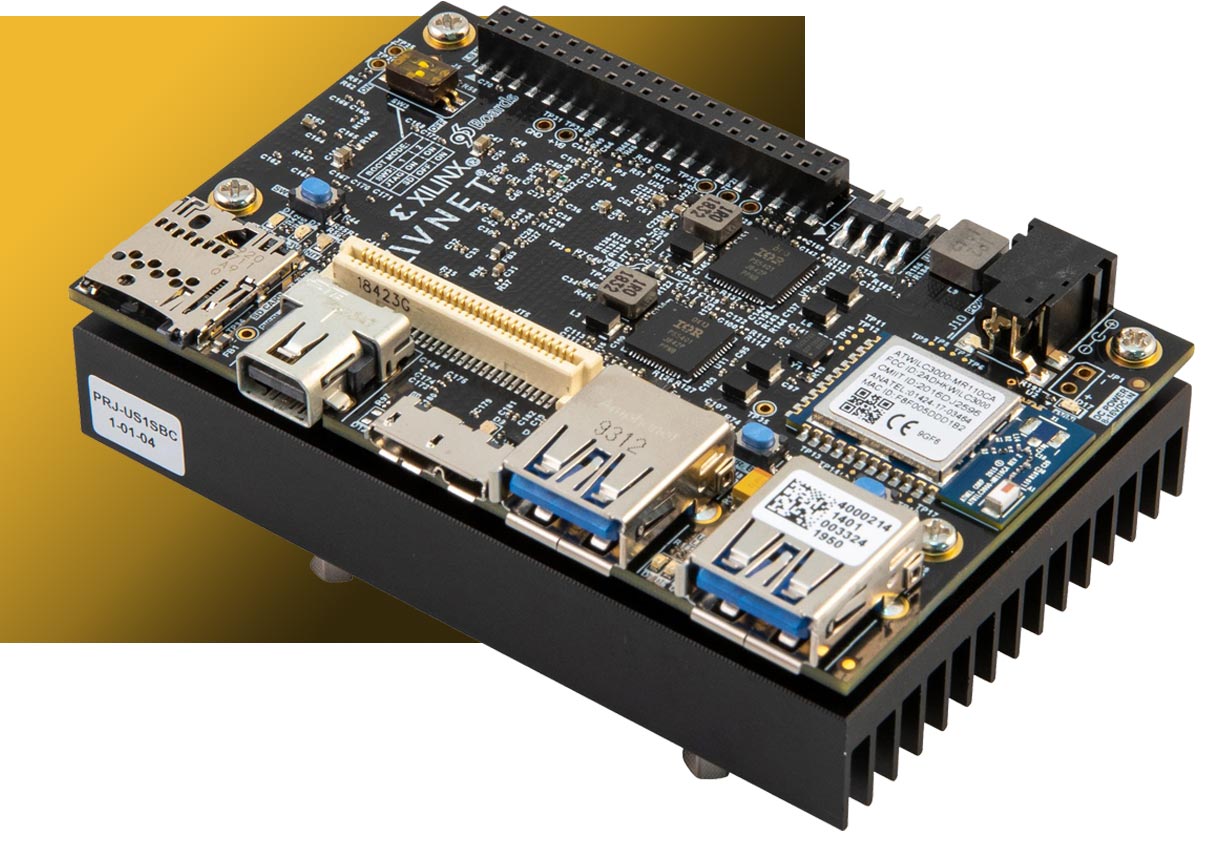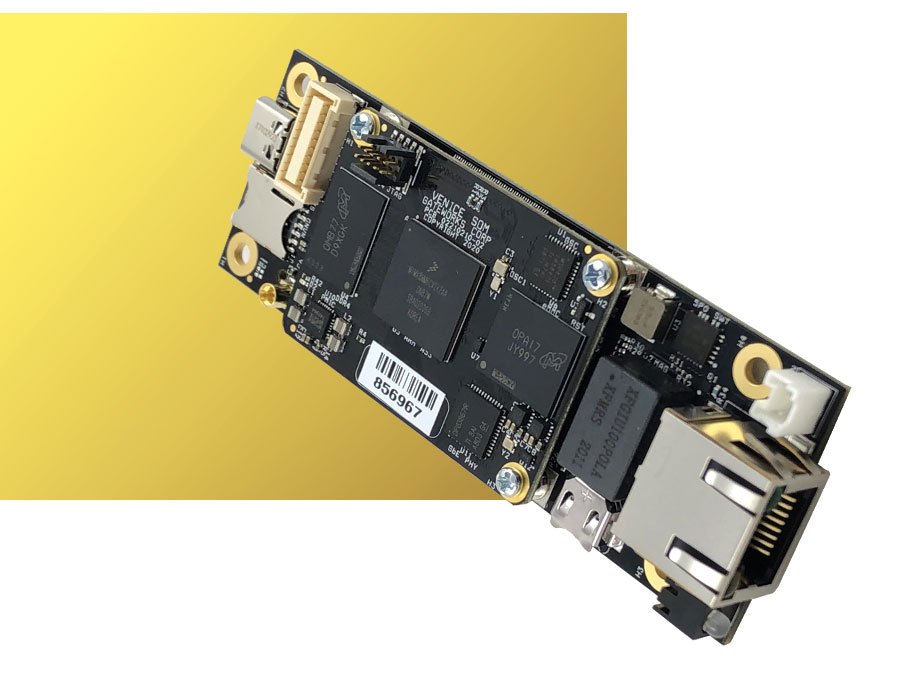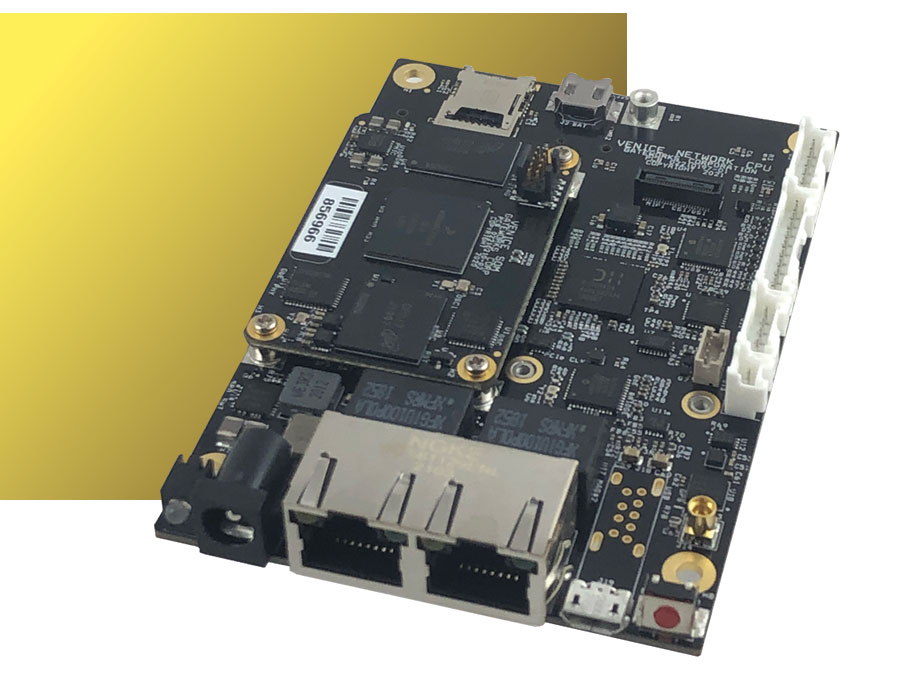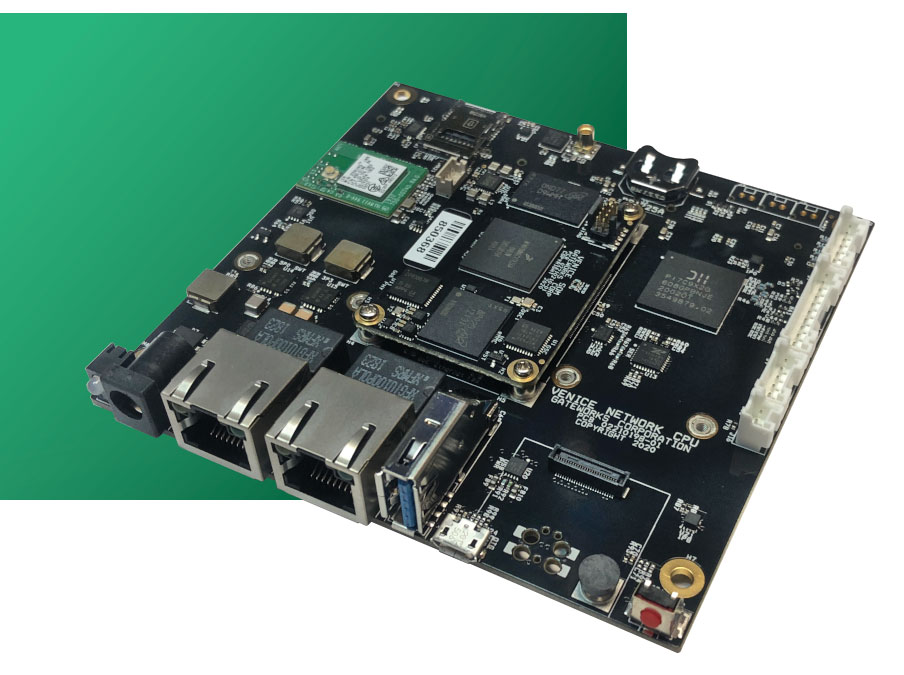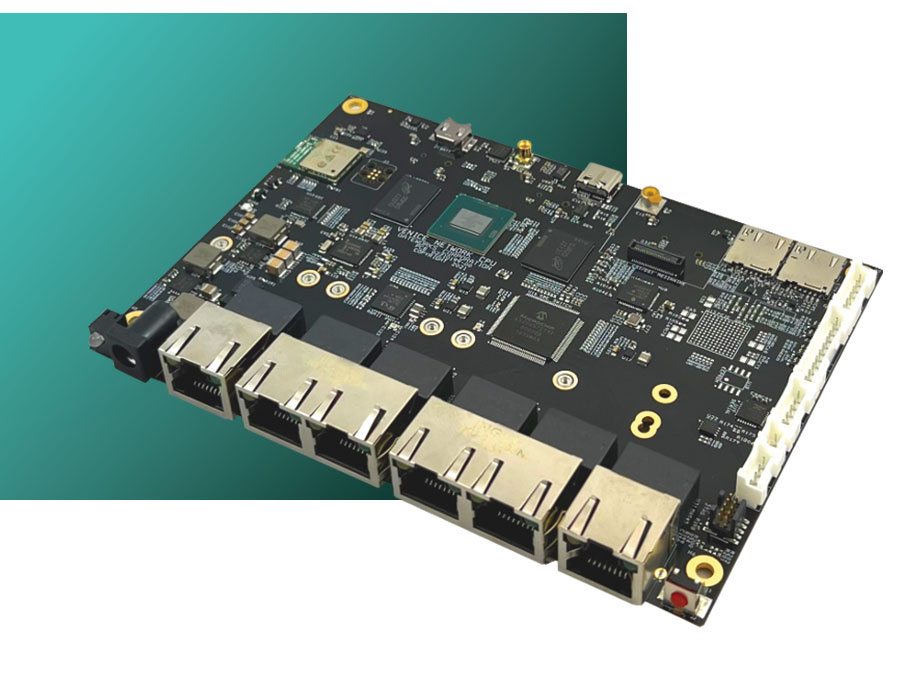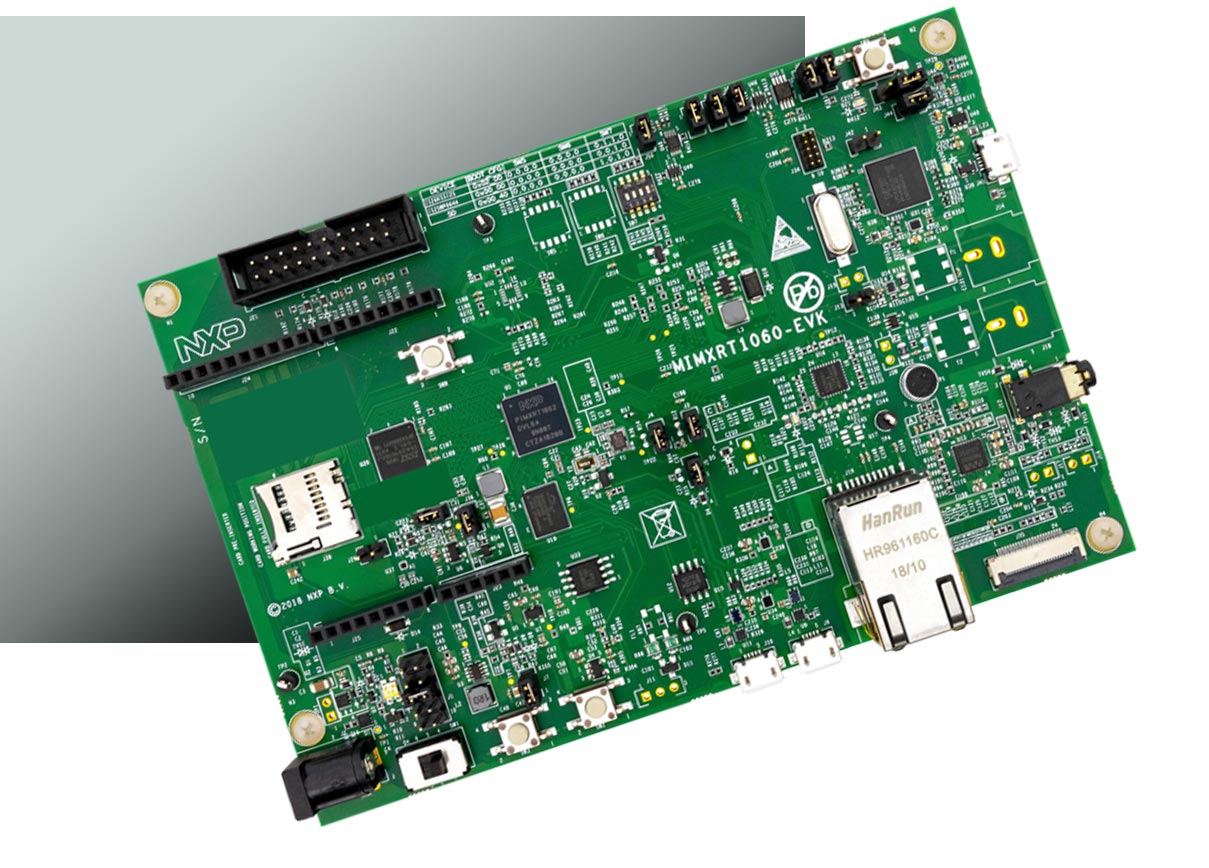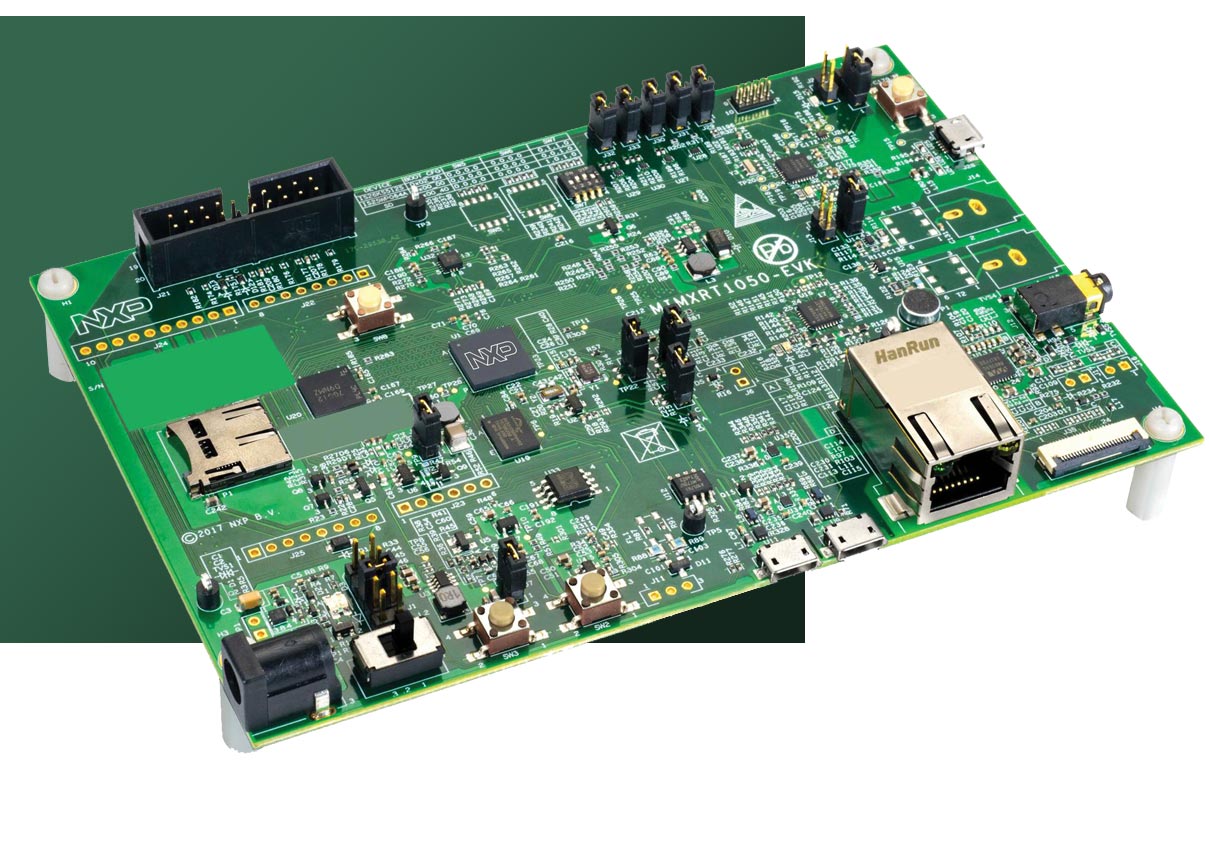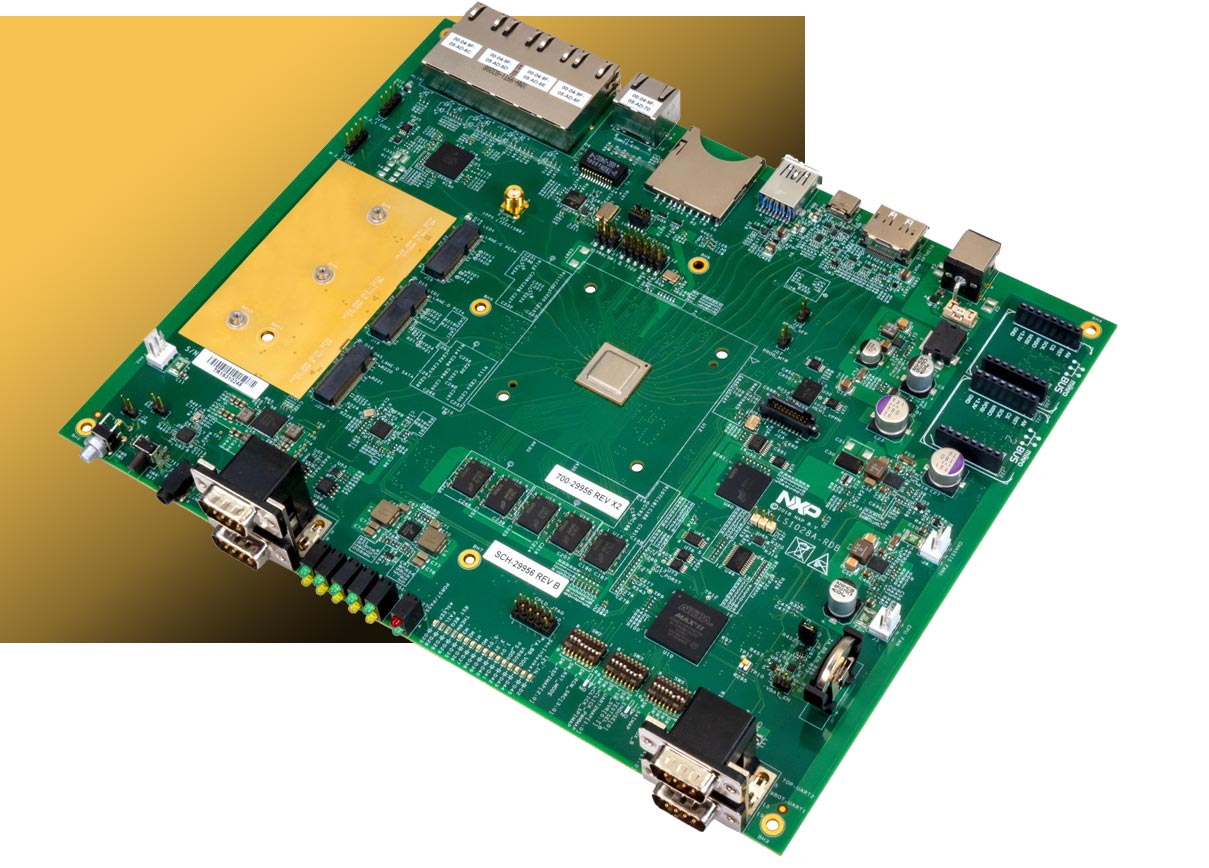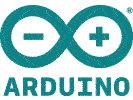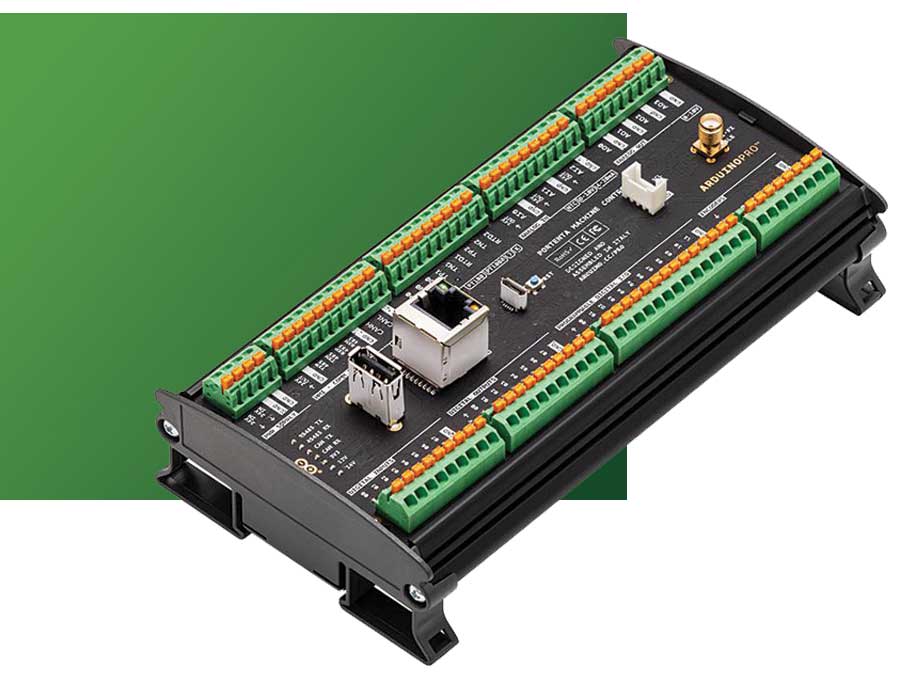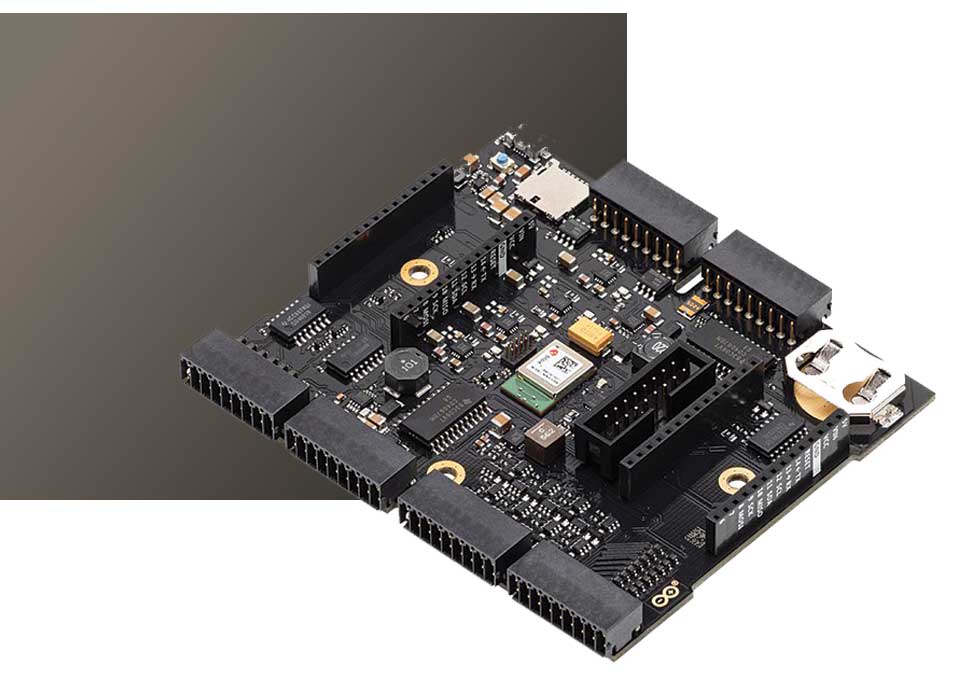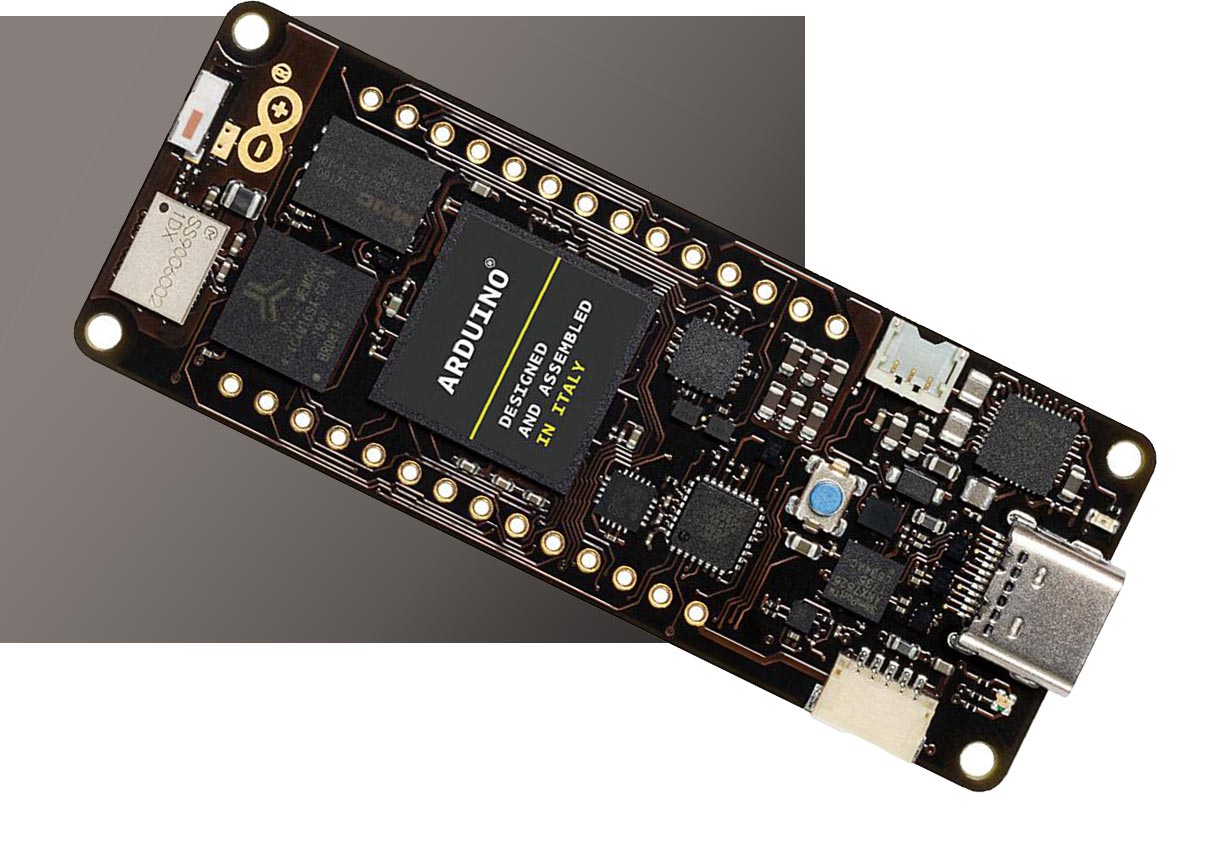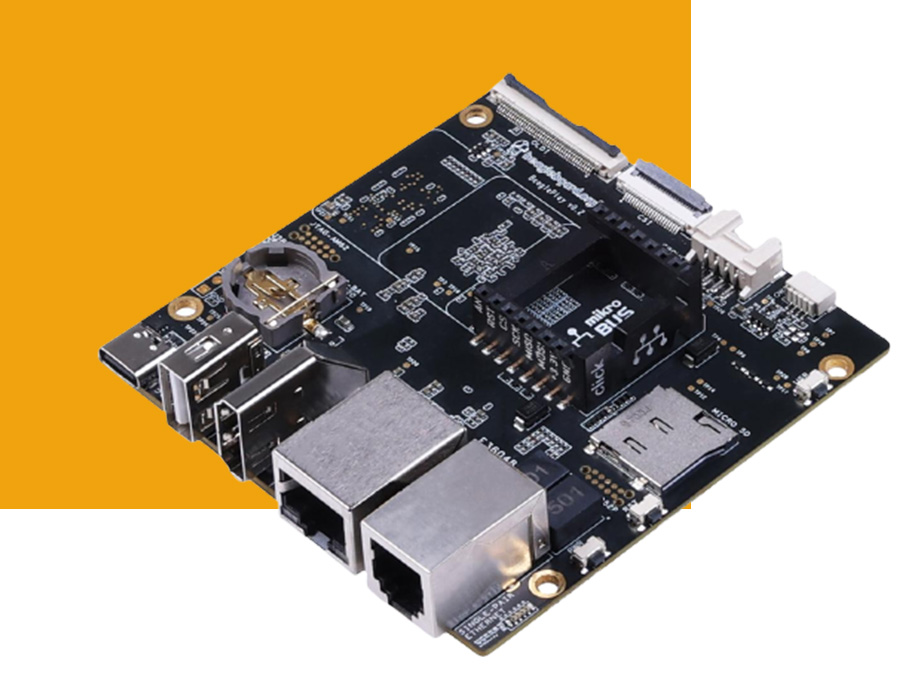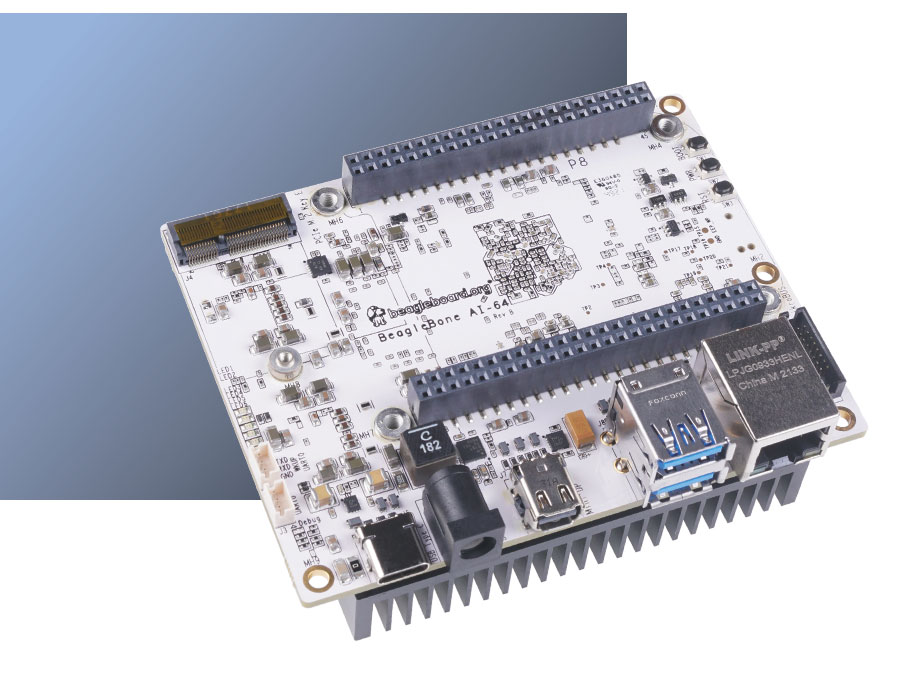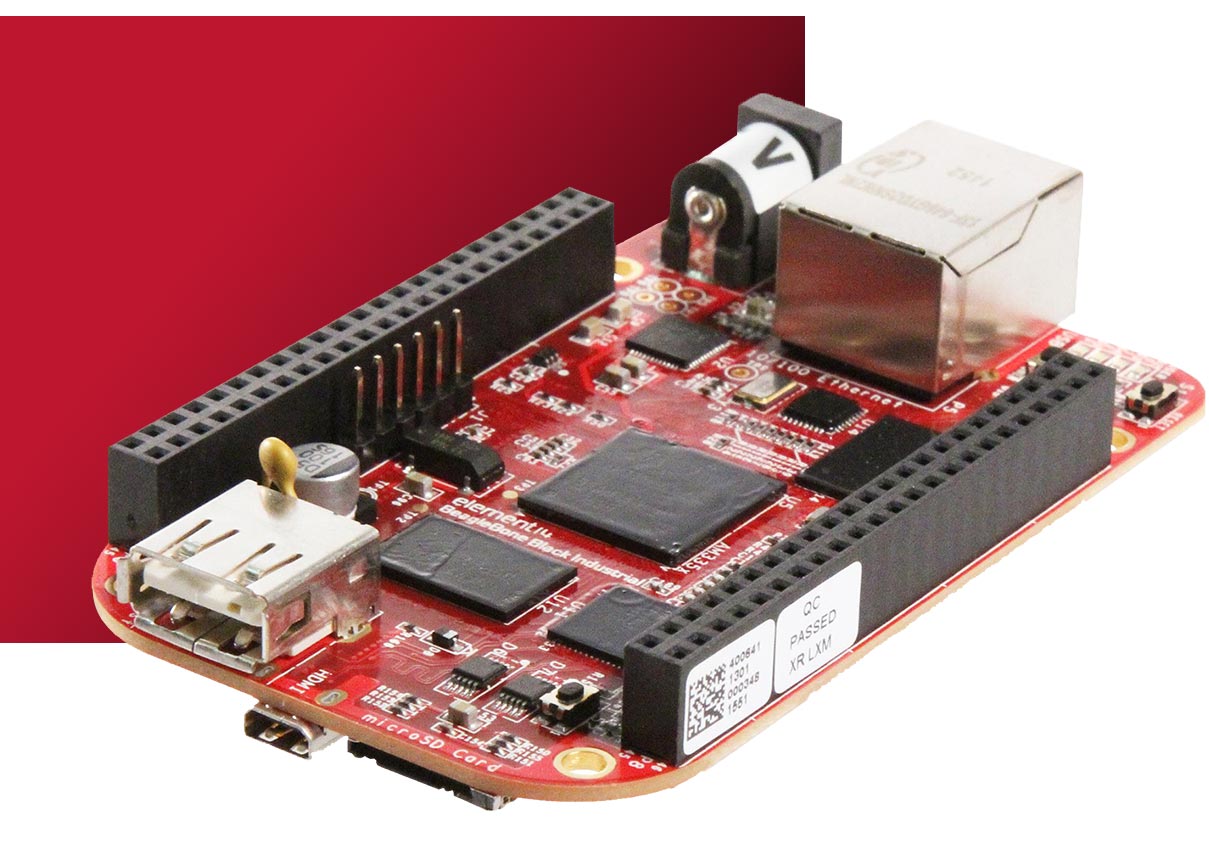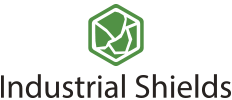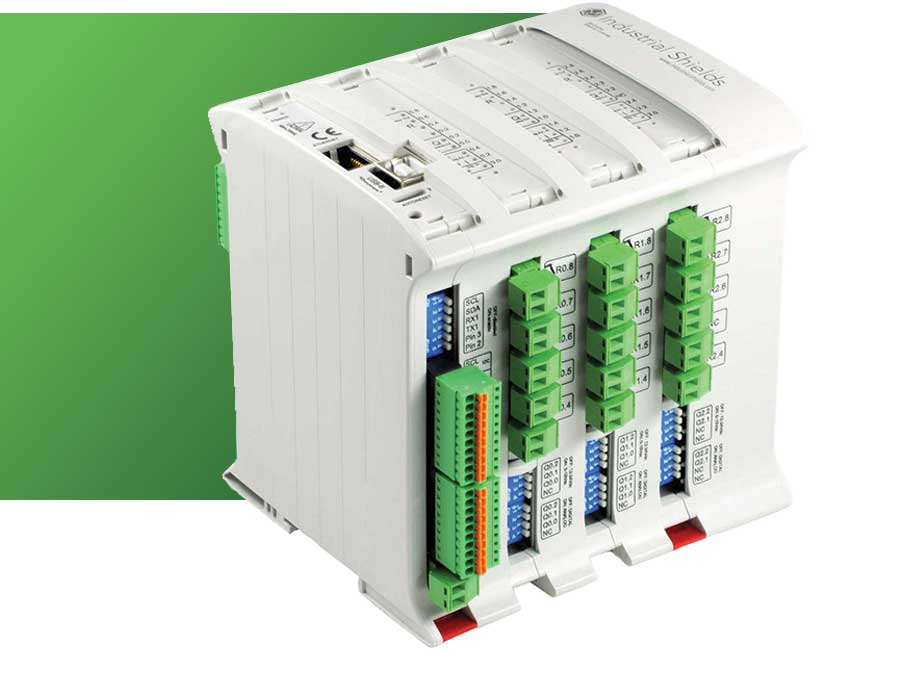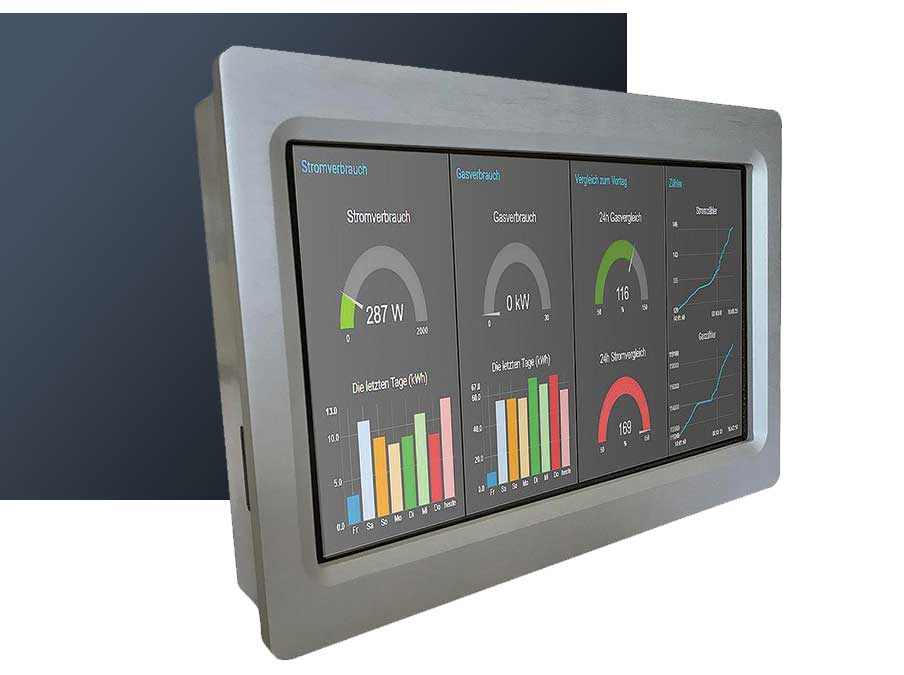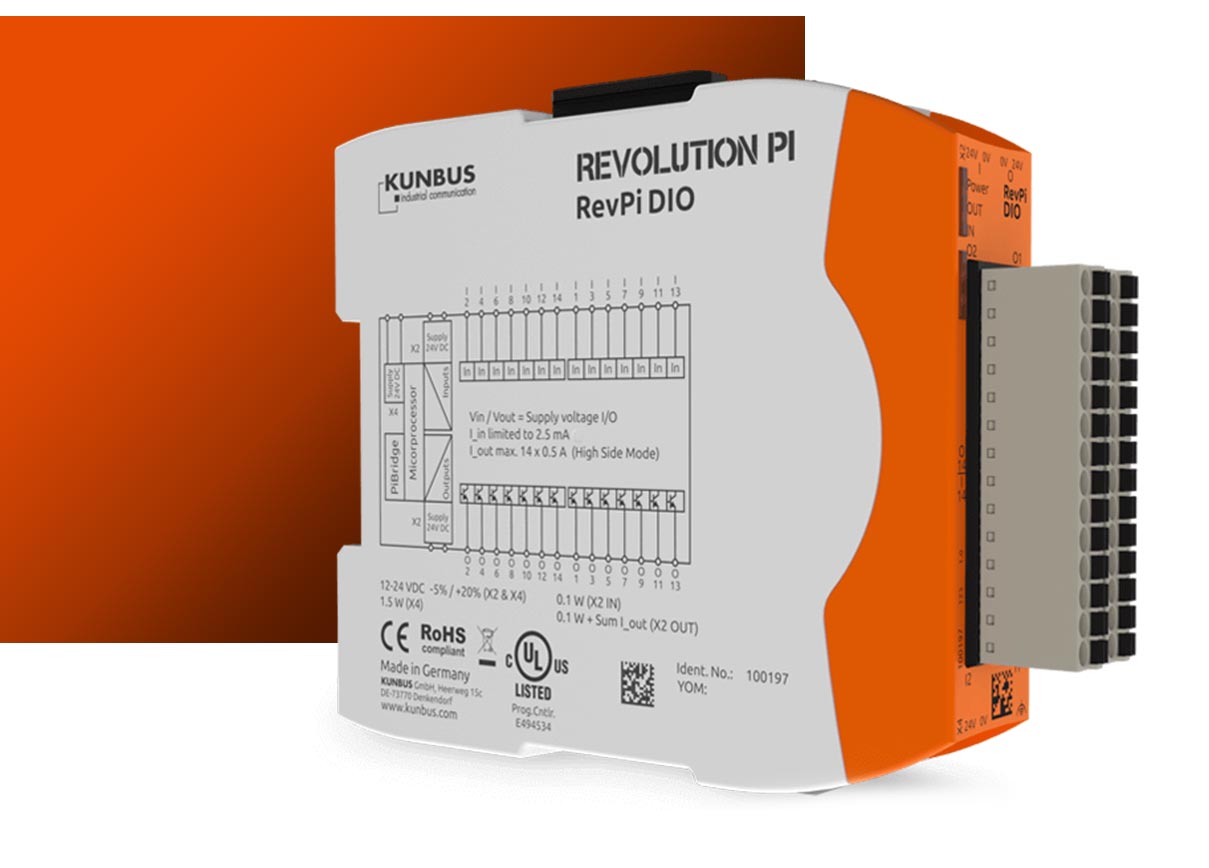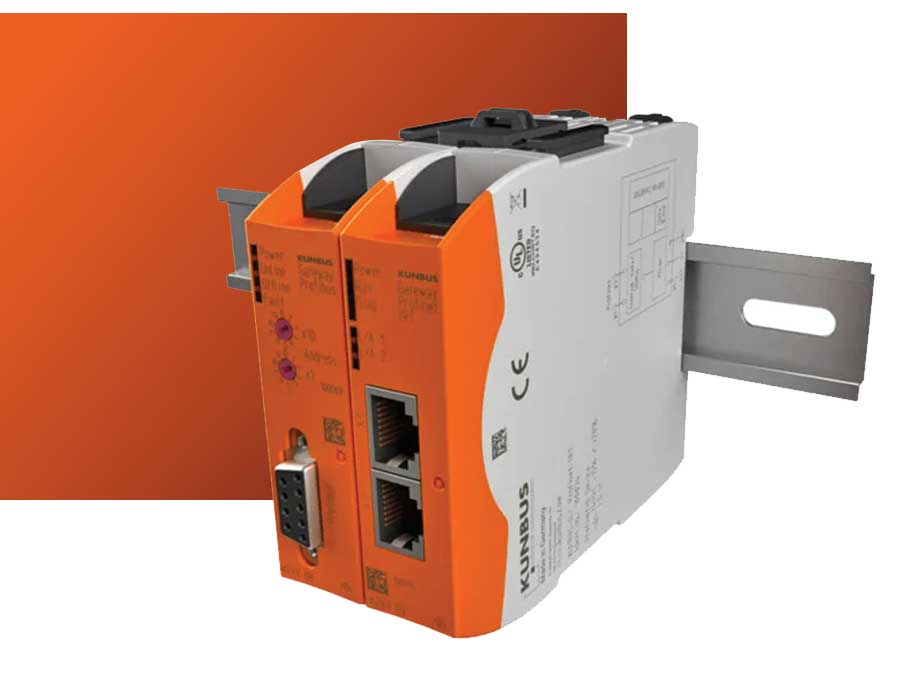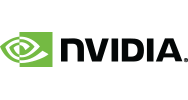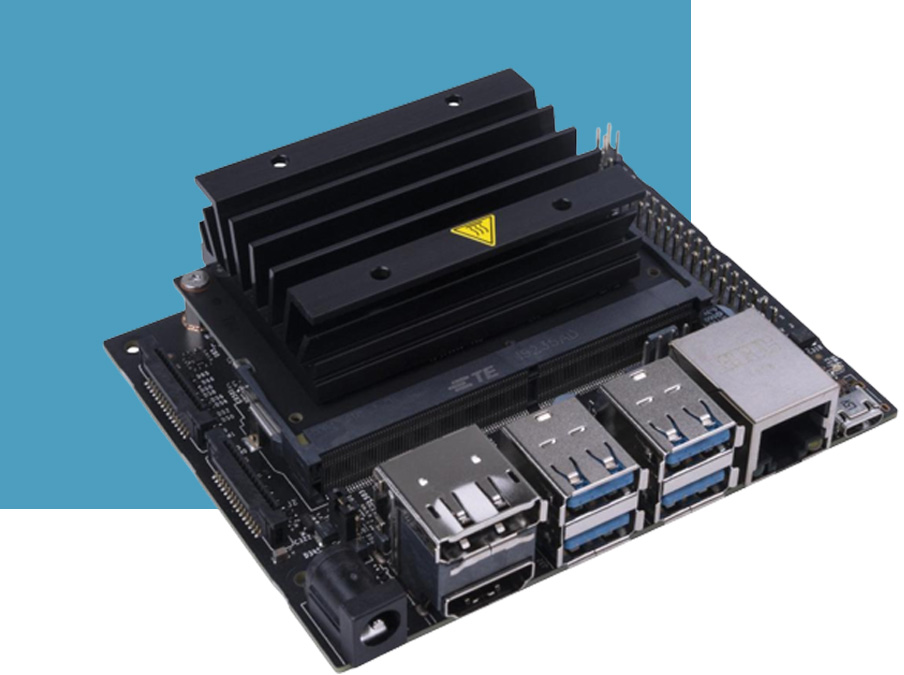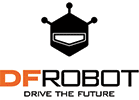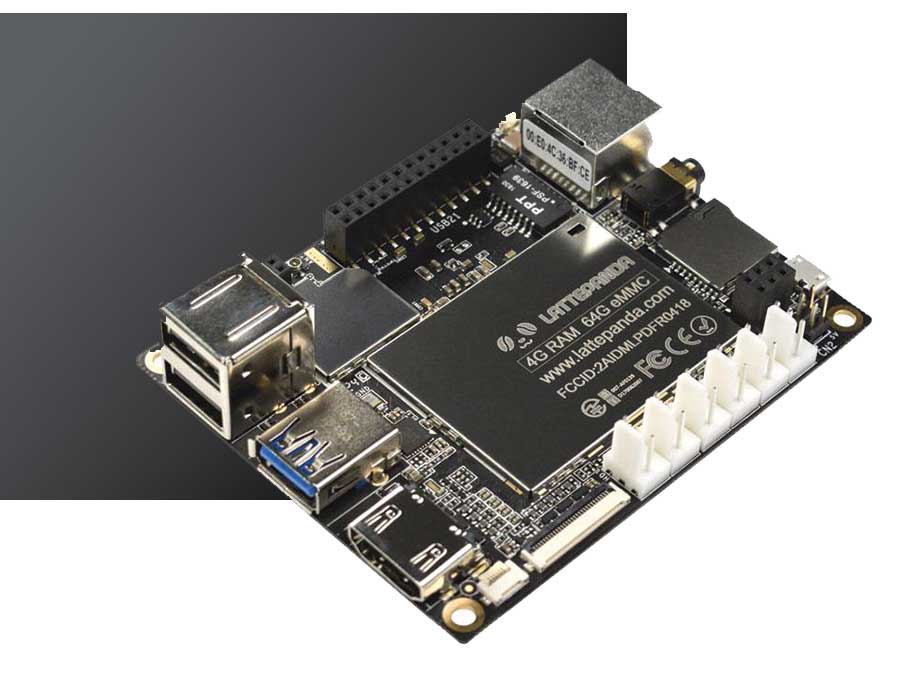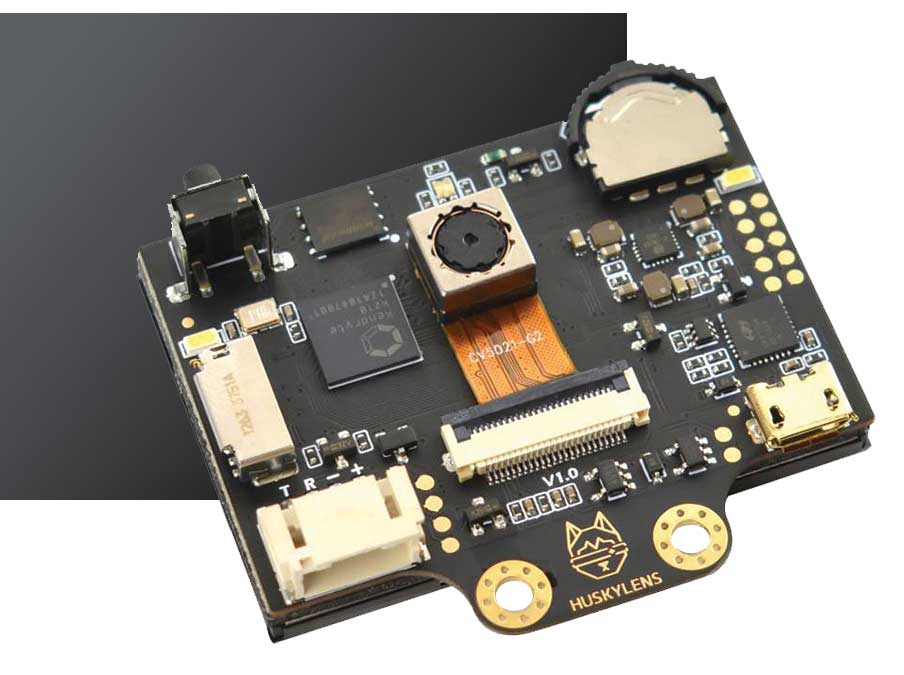Why industrial embedded computers?
The rise of the Internet of Things has been aided by the proliferation of industrial embedded computers, as well as a proliferation of sensors and other connected technology (IoT).
The Internet of Things brings with it unprecedented opportunities for businesses and communities. Industrial computers provide processing power as well as a wide range of I/O options for connecting machines, sensors, and other devices. An industrial computer can collect, process, and share data from nearly anywhere by leveraging the power of the cloud and wireless connectivity.
They can be found in nearly every industry, including energy, healthcare, and manufacturing. With sensors and computers used throughout a community and a business, an IT failure could have serious consequences. Downtime, even if only for a short period of time, can be disastrous in many situations. To meet the demands of the IoT, they are designed to run 24 hours a day, seven days a week.
Rugged for harsh environments
Multiple connectivity
Compact form factors
Compliance and support
Long time availability
Extended IOs
Featured suppliers
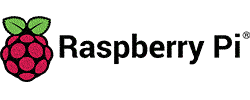
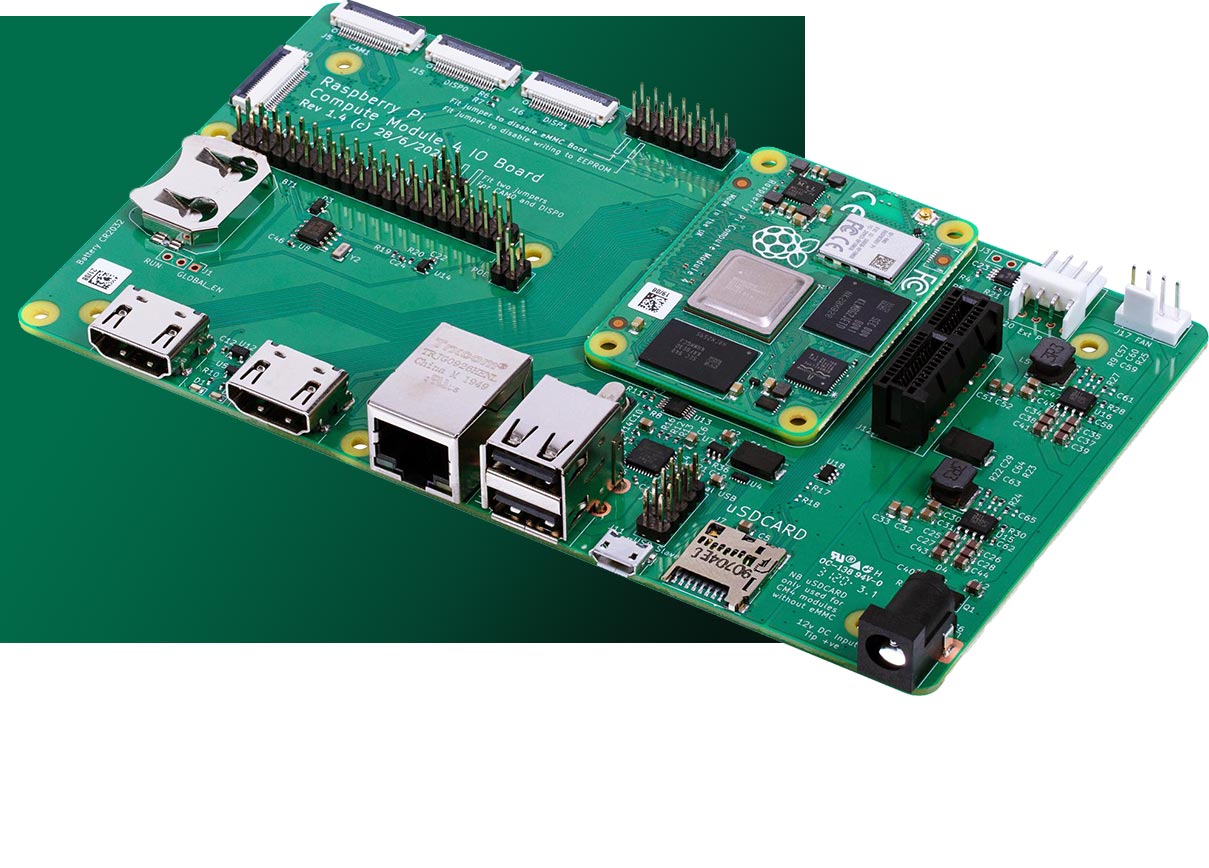
Raspberry Pi Compute Module 4
The power of Raspberry Pi 4 in a compact form factor designed for embedded applications.
Raspberry Pi Compute Module 4 incorporates a quad-core ARM Cortex-A72 processor, dual video output, and a wide selection of other interfaces. Available in 32 variants, with a range of RAM and eMMC Flash options, and with or without wireless connectivity.
Key features include a high-performance 64-bit quad-core processor, dual-display support at resolutions up to 4K, hardware video decode at up to 4Kp60, up to 8GB of RAM, Gigabit Ethernet, USB 2.0, dual camera interfaces, and PCIe Gen 2 x1 interface. The optional dual-band 2.4/5.0GHz wireless LAN and Bluetooth 5.0 have modular compliance certification.
This allows the board to be designed into end products with significantly reduced compliance testing, improving both cost and time to market. Either the onboard antenna or an external antenna kit can be used.
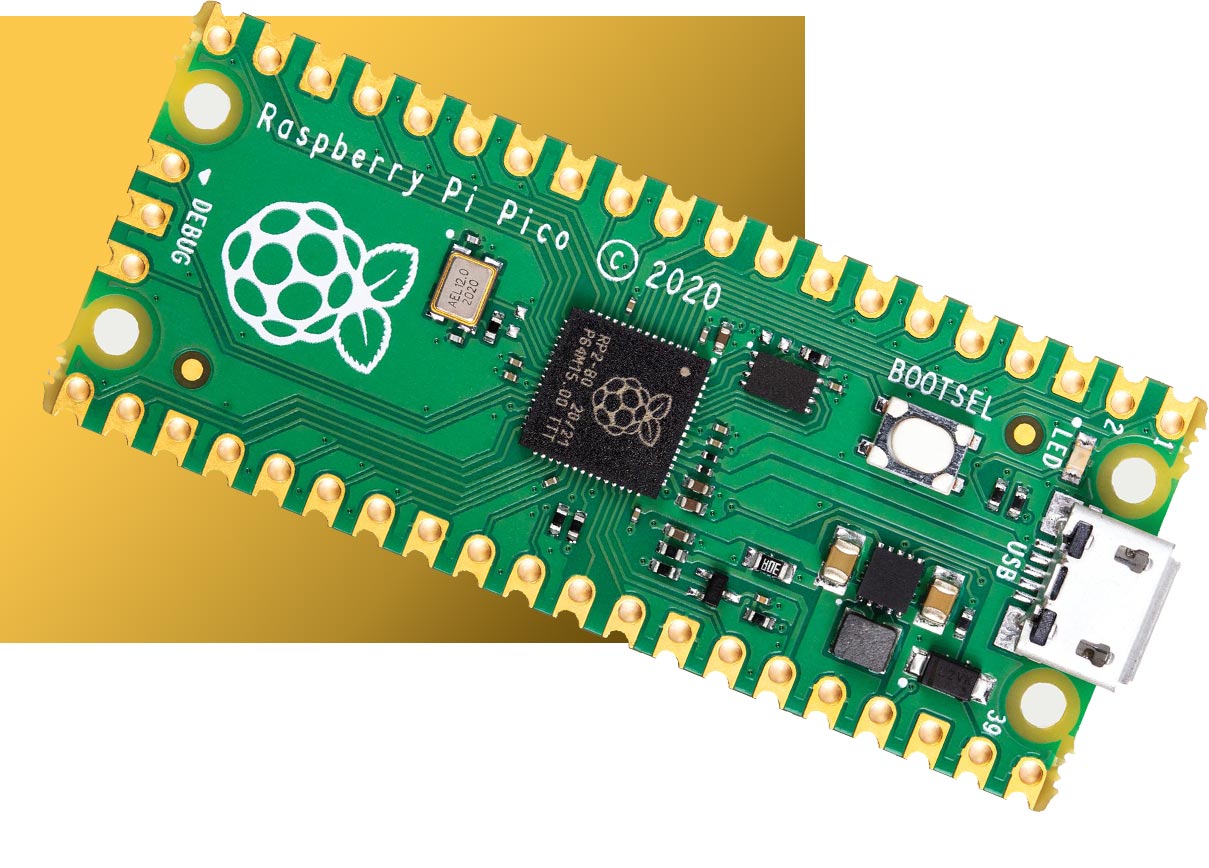
Raspberry Pi RP2040
Whether you have a Raspberry Pi Pico or another RP2040-based microcontroller board, everything you need to get started is here.
You'll find support for getting started with C/C++ or MicroPython on Raspberry Pi Pico, and links to resources for other boards that use RP2040. There are also links to the technical documentation for both the Raspberry Pi Pico microcontroller board and our RP2040 microcontroller chip.
Case study

Raspberry Pi–powered robot farmers

FutureHome: IoT smart home built on compute module
Featured resources
Smart automotive with neural networks - based on Ultra96 Xilinx platform
A solution guide demonstrates the Binary Neural Network (BNN) and Quantized Neural Network (QNN) on Avnet's Ulta96-V2 using Xilinx PYNQ overlays. The users will implement image recognition applications such as Road Traffic Sign Detection and ImageNet Animal Identification using neural nets. This project explicates how to implement a hardware-based high performance acceleration model in an embedded processing AIoT edge application rather than a software implementation that has its own limitations.

